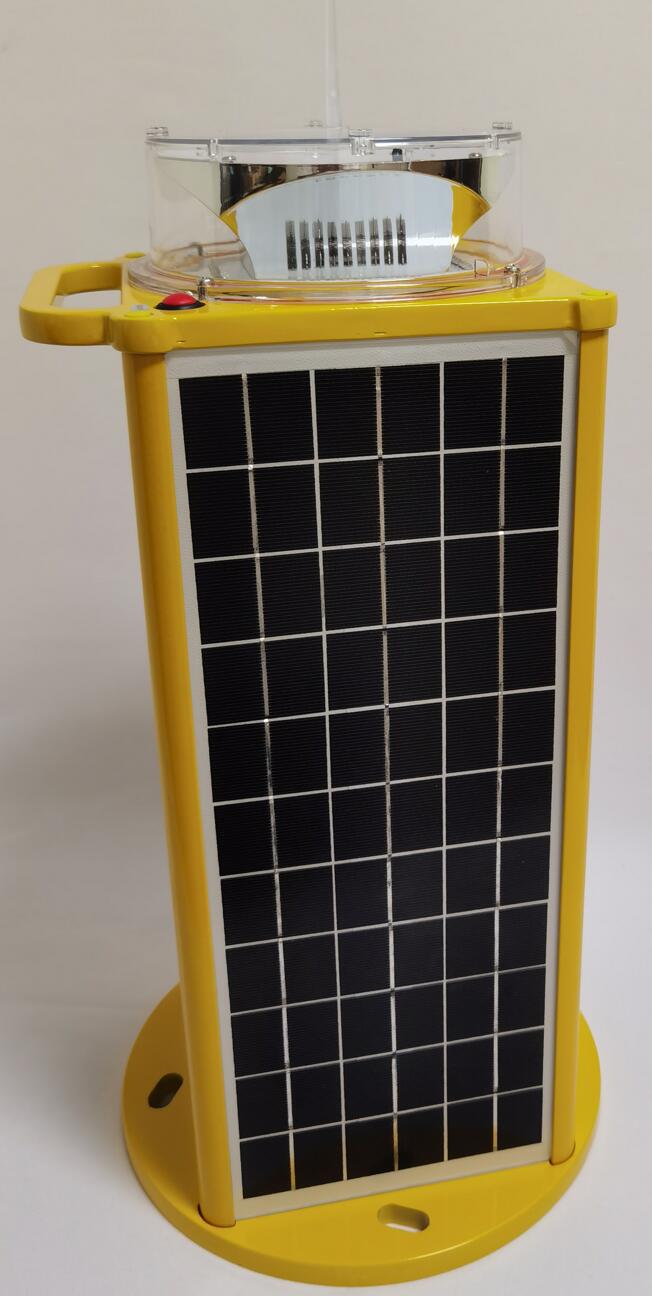The Evolution and Applications of Self-Contained Marine Lanterns in Modern Navigation
Self-contained marine lanterns have become an indispensable tool in modern maritime navigation. These compact, durable, and energy-efficient devices are designed to provide reliable illumination in some of the most challenging environments on Earth. This article explores the evolution, technology, and diverse applications of self-contained marine lanterns, highlighting their critical role in ensuring safety and efficiency at sea.
The Evolution of Self-Contained Marine Lanterns
The history of marine lanterns dates back to the early days of seafaring, when simple oil lamps were used to guide ships through treacherous waters. Over time, these rudimentary devices evolved into more sophisticated systems, incorporating advanced materials and technologies. The advent of self-contained marine lanterns marked a significant milestone in this evolution. Unlike their predecessors, which relied on external power sources and frequent maintenance, self-contained lanterns are designed to operate independently, with built-in power supplies and minimal upkeep requirements.

Technology Behind Self-Contained Marine Lanterns
Modern self-contained marine lanterns are a marvel of engineering, combining cutting-edge technology with robust construction. Key features include:
LED Lighting: Light Emitting Diodes (LEDs) have revolutionized marine lighting due to their energy efficiency, long lifespan, and superior brightness. LEDs consume significantly less power than traditional incandescent bulbs, making them ideal for self-contained systems that rely on limited energy reserves.
| self contained marine lanterns |
Solar Power: Many self-contained marine lanterns are equipped with solar panels that harness the sun's energy to recharge internal batteries. This renewable energy source ensures continuous operation, even in remote locations where access to external power is limited.
Durable Materials: Marine environments are notoriously harsh, with exposure to saltwater, UV radiation, and extreme weather conditions. Self-contained lanterns are constructed from corrosion-resistant materials such as stainless steel and polycarbonate, ensuring long-term durability and reliability.
Smart Controls: Advanced models feature intelligent control systems that optimize performance based on environmental conditions. These systems can adjust brightness levels, activate emergency modes, and provide real-time diagnostics, enhancing both safety and efficiency.
| self contained marine lantern |
Applications of Self-Contained Marine Lanterns
The versatility of self-contained marine lanterns makes them suitable for a wide range of applications, including:
Navigation Aids: Self-contained lanterns are commonly used as navigation aids, marking channels, hazards, and safe passages for vessels. Their bright, consistent illumination helps prevent collisions and groundings, particularly in low-visibility conditions.
Offshore Structures: Oil rigs, wind farms, and other offshore installations rely on self-contained lanterns to ensure visibility and safety. These lanterns are often mounted on platforms, buoys, and towers, providing critical illumination for both operational and emergency purposes.
Search and Rescue: In search and rescue operations, self-contained marine lanterns serve as beacons, guiding rescuers to distressed vessels or individuals. Their portability and long battery life make them invaluable tools in life-saving missions.
Environmental Monitoring: Some self-contained lanterns are equipped with sensors that monitor environmental parameters such as water temperature, salinity, and pollution levels. These data-collecting lanterns contribute to scientific research and environmental conservation efforts.
Advantages of Self-Contained Marine Lanterns
The benefits of self-contained marine lanterns are manifold:
Energy Efficiency: By utilizing LED technology and renewable energy sources, self-contained lanterns minimize energy consumption and reduce operational costs.
Low Maintenance: The self-contained design eliminates the need for frequent maintenance, reducing downtime and labor costs. This is particularly advantageous in remote or hard-to-reach locations.
Reliability: Built to withstand harsh marine conditions, self-contained lanterns offer unparalleled reliability, ensuring continuous operation even in the most challenging environments.
Versatility: With a wide range of models and configurations available, self-contained lanterns can be tailored to meet the specific needs of various applications, from navigation aids to environmental monitoring.
Self-contained marine lanterns represent a significant advancement in maritime lighting technology. Their evolution from simple oil lamps to sophisticated, energy-efficient devices underscores the importance of innovation in ensuring safety and efficiency at sea. As the maritime industry continues to evolve, self-contained marine lanterns will undoubtedly play a crucial role in navigating the challenges of the future. Whether guiding ships through treacherous waters, supporting offshore operations, or aiding in search and rescue missions, these remarkable devices are a testament to human ingenuity and the relentless pursuit of progress.
